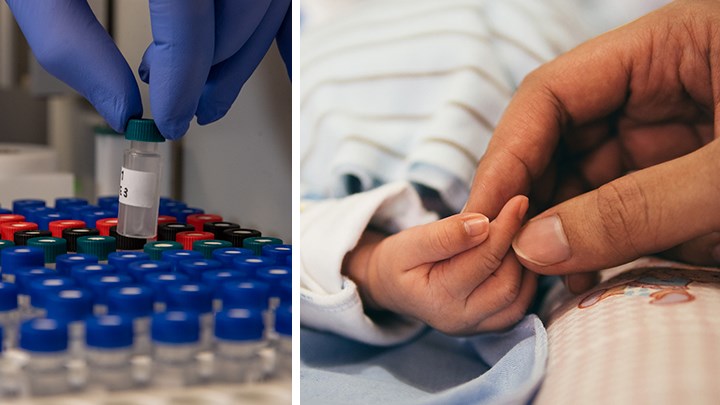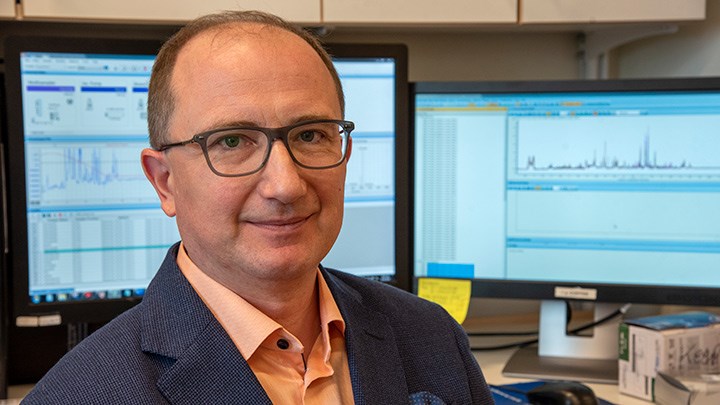New discovery: changes in bile acids may be linked to diabetes in young children

When bile acids are not converted as they should when interacting with gut flora, the risk of type 1 diabetes increases in young children. This is shown in a new study by a research team led by Matej Orešič, professor at Örebro University.
Disturbances in the interaction of bile acids with the inborn microflora in the intestines can increase the risk of type 1 diabetes.
This is shown in a new study on children’s’ first years of life.
“We have gained new knowledge about how the disease begins to develop,” says Matej Orešič, professor of medical science at Örebro University.
An international research team led by Örebro University has investigated how bile acids are regulated in young children. And there is a link in the development of type 1 diabetes, according to the study published in the scientific journal Cell Reports Medicine.
“We have not studied the disease itself. Instead, we have investigated what happens before the disease develops,” says Matej Orešič.
It is the interaction of bile acids with children’s inborn microflora in the gut that the researchers have studied in more detail.
Already at birth, the gut flora is beneficial in keeping us healthy and regulating the immune system. Bile acids, which are formed in the liver, play a crucial role in digestion. For example, they help the body absorb fats and fat-soluble vitamins in the small intestine.
When bile acids come into contact with gut bacteria, they are modified. This allows bile acids to assist effectively in glucose and fat metabolism.
New research shows that it is precisely this change in the bile acids, brought about by microorganisms or microbes, that is very important. Because in children who later develop type 1 diabetes, it is possible to see early on that the interaction between microbes and bile acids is disturbed.
“We had not expected that there would be such a clear link between gut microbes and bile acids before type 1 diabetes developed,” says Matej Orešič.

The researchers have taken samples from children between three months and three years. Blood and stool samples were collected on six occasions from each child. The research group analysed the gut flora and performed extensive chemical analyses.
The results show that children who later developed type 1 diabetes have different bile acid composition than healthy children. In particular, the bile acids modified by gut flora showed distinct differences – as early as the first six months after the children’s birth.
In total, samples were taken from 71 children. Although the study is relatively small, its longitudinal design with multiple samples per each child collected makes it informative, which the researchers now hope will be followed up by further studies.
“This can provide better methods for predicting diabetes as well as assessing the risk of being affected. The next step will be the development of preventive measures,” says Matej Orešič, professor of medical science at Örebro University.
Text and photo: Jesper Mattsson
Photo: Pixabay
Translation: Jerry Gray
FACT: This is type 1 diabetes
Type 1 diabetes often develops early in life, especially in children and teenagers. The body stops producing insulin, the hormone required for cells to absorb sugar from the blood.
If type 1 diabetes is not adequately treated, blood sugar levels can become very high. If left untreated, this condition can be life-threatening.
Type 1 diabetes is treated with insulin in response to checking blood sugar levels.
